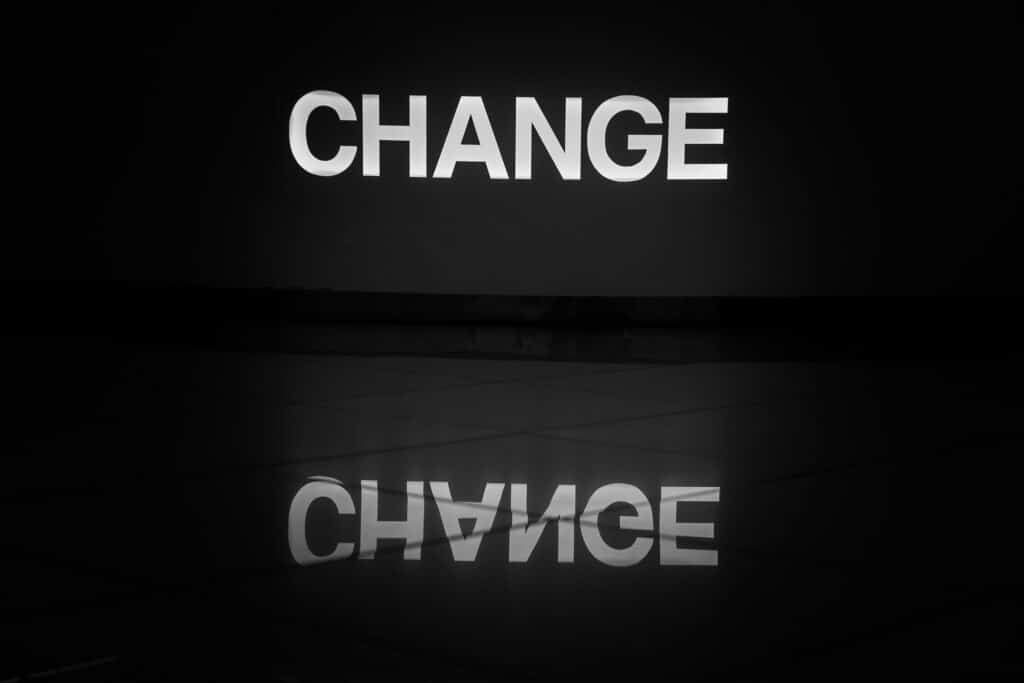Introduction
Why Effective Employee Onboarding Matters
In today’s fast-paced business environment, getting new hires up to speed is more critical than ever. You’ve spent time and resources finding the perfect candidate, but the work doesn’t stop there. That’s where effective employee onboarding comes into play. Designed to provide a smooth transition for new hires, onboarding programs are crucial to setting the stage for an employee’s entire career with your organization. Let us go through some effective employee onboarding best practices for 2024.
The Landscape of Employee Onboarding in 2024
As we step into 2024, traditional onboarding processes are undergoing significant changes. Driven by technological advancements, the rise of remote work, and evolving employee expectations, staying up-to-date with effective employee onboarding best practices for 2024 is not just an option but a necessity.
The Objective of This Blog Post
The purpose of this blog post is to guide you through the elements that make an onboarding process effective and current. We will explore best practices and technologies that can be used to enhance your existing programs, all geared towards the requirements and trends of 2024. So, if you’re looking to revamp your onboarding strategies or start anew, this guide is for you.
The State of Employee Onboarding for 2024
Shifting Norms and Expectations
As businesses continue to evolve, so does the landscape of employee onboarding. Gone are the days when a simple orientation session and a welcome packet sufficed. The last couple of years have brought its own set of challenges and opportunities. Businesses are increasingly global and diverse, and new hires often start their roles remotely. Therefore, understanding and implementing effective employee onboarding best practices for 2024 is crucial for any organization aiming for success.
Remote Work and Hybrid Models
Remote work isn’t a temporary trend; it’s now a significant aspect of the corporate world. This shift has necessitated changes in how we approach onboarding. Virtual training sessions, online mentorship programs, and digital documentation are just a few of the remote-friendly onboarding elements that have become standard.
Technology: More Than Just a Tool
The use of technology in onboarding has moved beyond mere convenience. Advanced platforms allow for automated workflows, integration with other HR systems, and real-time analytics. Using these tools wisely can significantly improve the efficiency and effectiveness of your onboarding processes, aligning them with the best practices for 2024.
Personalization: One Size Doesn’t Fit All
Lately, personalization has become the cornerstone of effective onboarding. Each role, department, and individual has unique needs and preferences. Modern onboarding programs use AI and data analytics to customize the onboarding experience, ensuring that it is as relevant and engaging as possible for each new hire.
Inclusion and Diversity
A focus on inclusion and diversity is not just a compliance requirement but also a best practice in today’s onboarding processes. New hires should be introduced to the company’s culture, values, and diversity initiatives right from the start.
Measuring Success: KPIs and Metrics
Tracking the effectiveness of your onboarding program is vital. Key Performance Indicators (KPIs) such as time-to-productivity, retention rates, and new hire satisfaction scores are commonly used metrics. These help in continuously refining the program to align with the effective employee onboarding best practices for 2024.
Omnitas Newsletter
Sign up for our monthly newsletter to stay up-to-date on our latest blog articles, videos and events!
Thank you!
You have successfully joined our subscriber list.
The Impact of Ineffective Onboarding
The High Cost of Turnover
One of the most immediate consequences of poor onboarding is high employee turnover. Replacing an employee can cost as much as 50-60% of their annual salary, not to mention the indirect costs like lost productivity and lower morale among remaining employees. Effective employee onboarding best practices for 2024 aim to address these challenges head-on, ensuring new hires feel welcomed, trained, and prepared to contribute.
Decline in Productivity
A poorly structured onboarding program can have a significant impact on a new hire’s productivity. Without adequate training and resources, new employees are likely to make mistakes, miss deadlines, and contribute less to team objectives. Modern best practices suggest that an optimized onboarding experience can ramp up new hires to full productivity 34% faster than a subpar one.
Damage to Company Reputation
Word spreads fast. If your organization gains a reputation for poor onboarding, it could deter top talent from considering your company as a viable career option. Upholding the effective employee onboarding best practices for 2024 will not only improve the experience for your new hires but also contribute positively to your employer brand.
The Ripple Effect on Team Morale
Ineffective onboarding doesn’t just affect the new hire. It can also take a toll on current employees who may have to pick up the slack or correct mistakes. Over time, this can lead to job dissatisfaction, decreased morale, and a drop in overall team productivity.
Lack of Alignment and Culture Fit
When onboarding fails to communicate the company culture and core values effectively, it can lead to a lack of alignment for new hires. This misalignment can manifest as disengagement or even misconduct, affecting the whole organization.
Legal Implications
Poor onboarding processes can sometimes fail to cover essential compliance and safety training, leading to potential legal ramifications for the company. Keeping abreast of effective employee onboarding best practices for 2024 can help you mitigate these risks by ensuring that all necessary training and documentation are completed.
Core Components of Effective Onboarding
An effective onboarding program should be a comprehensive, ongoing process, not just a one-time event. Let’s delve into the core components that should be part of your effective employee onboarding best practices for 2024.
Pre-boarding Activities
Checklist Creation
Before the new hire even steps into the office or logs into their remote workstation, there should be a checklist outlining all necessary tasks and paperwork. This ensures that both HR and the new employee are well-prepared for the onboarding journey ahead.
Early Engagement
Communicating with new hires before their first day sets the stage for a more engaged employee. This could include a welcome email, introductions to their team, or even early access to some of the company’s internal resources.
The First Day
Orientation
The first day should be well-structured, offering a blend of formal orientation and informal interactions. New hires should be given an overview of the company, its mission, and its culture.
Introductions to Team and Department
Building connections starts from day one. Ensure that new hires are introduced to their team members and key personnel in their department to establish early rapport.
Week One
Skill Assessments
The first week should include assessments to gauge the new hire’s existing skill levels, allowing you to tailor their training programs effectively.
On-the-Job Training
Real-world, hands-on training helps new hires understand their roles better and faster. Include mentor-led sessions to offer insights into day-to-day tasks and responsibilities.
First 90 Days
Milestone Reviews
Regular check-ins and milestone reviews at 30, 60, and 90 days are crucial. These provide opportunities for feedback and adjustments to the onboarding process.
Feedback Sessions
Constructive feedback should be a two-way street. Encourage new hires to share their thoughts on their onboarding experience and what could be improved.
Ongoing Support
Mentorship Programs
Long-term success requires ongoing support. Mentorship programs can be an excellent way for new hires to continue learning from more experienced team members.
Continuous Learning
The onboarding process should seamlessly transition into a continuous learning program. This could involve advanced training, workshops, or further skill assessments.

Implementing Technology and Tools for Onboarding
In the digital age, technology plays an indispensable role in modernizing and streamlining the onboarding process. As we continue to adapt to the ever-changing business landscape, let’s look at how technology can enhance effective employee onboarding best practices.
Role of HR Software Platforms
monday.com: A Case in Point
Platforms like monday.com offer robust solutions to automate and optimize various aspects of onboarding. From task assignments to document management, these platforms serve as a centralized hub for all onboarding activities.
Integration Capabilities
Modern HR software often allows seamless integration with other organizational tools. Whether it’s connecting your Learning Management System (LMS) or integrating with existing CRM software, the right onboarding platform can act as a connector for various business processes.
Automation: The Efficiency Catalyst
Workflow Automation
Automating repetitive tasks like document submissions or approvals can free up valuable HR time, allowing them to focus on more strategic aspects of onboarding. Workflow automation is now a staple in effective employee onboarding best practices for 2024.
Data Analytics
Automation also extends to analytics. Dashboards can provide real-time insights into the progress of new hires, facilitating timely interventions if required.
Virtual Reality (VR) and Augmented Reality (AR) in Training
Immersive Experience
Emerging technologies like VR and AR offer immersive training experiences that can be particularly useful in roles requiring intricate skill sets or familiarity with specialized equipment.
Remote Training
These technologies also provide an effective solution for remote training, offering a ‘near-real’ experience that can significantly enhance the learning process.
Artificial Intelligence and Personalization
AI-Driven Onboarding
Artificial Intelligence can analyze historical data to personalize the onboarding experience for new hires. Whether it’s suggesting appropriate training modules or matching new hires with mentors, AI can make onboarding more efficient and effective.
Chatbots for Onboarding
AI-powered chatbots can provide new hires with immediate answers to common questions, improving engagement and reducing the workload on HR.
Tailoring Onboarding to Different Industries
Effective onboarding is not a one-size-fits-all process. Different industries have distinct challenges, regulations, and cultures that should be reflected in their onboarding programs. Here’s how to adapt effective employee onboarding best practices for 2024 to various sectors.
Healthcare
Compliance and Training
Healthcare professionals need to be well-versed in compliance measures and medical procedures. Therefore, a significant portion of their onboarding should be dedicated to specialized training and certifications.
Peer Mentorship
Pairing new healthcare staff with seasoned professionals can offer invaluable hands-on experience and guidance.
Manufacturing
Safety First
Employee safety is paramount in manufacturing roles. An effective onboarding program should involve comprehensive safety training and assessments.
Equipment Training
New hires should be trained in operating relevant machinery and equipment, ideally under the supervision of a skilled instructor.
Technology and Software
Upgrading Skills
The tech industry is ever-evolving, so the onboarding process should include a focus on continually upgrading skills, like coding languages or project management methodologies.
Collaboration Tools
Introduce new hires to the tools and platforms they’ll be using, whether it’s project management software like monday.com or code repositories like GitHub.
Sales and Marketing
Product Knowledge
For sales and marketing roles, comprehensive product knowledge is key. The onboarding process should incorporate in-depth training sessions about the product or services being sold.
CRM Familiarization
Get new hires accustomed to the CRM platforms used within the organization, as these are critical tools for sales and marketing effectiveness.
Legal and Compliance
Regulatory Framework
Introduce new hires to the regulatory environment they will be operating in. This could include specific legal courses or training sessions with the compliance team.
Documentation and Reporting
Emphasize the importance of proper documentation and reporting, which are crucial in legal settings.
Education and Training
Curriculum Understanding
Educators should be made familiar with the curriculum or courses they will be teaching as part of their onboarding.
Classroom Management
Include training modules that focus on effective classroom management techniques, making the teaching process more efficient and beneficial.
Conclusion: The Future of Onboarding is Here
Effective employee onboarding is much more than a checkbox exercise. It’s an ongoing, strategic process that has a lasting impact on employee engagement, productivity, and ultimately, your company’s bottom line. As we navigate through the intricacies of the business environment in 2024, staying updated with the latest best practices is more crucial than ever.
From early engagement during the pre-boarding stage to continuous learning and support, each step of the onboarding process plays a pivotal role. Industry-specific considerations and the adoption of advanced technologies like AI, VR, and robust platforms like monday.com further enhance the onboarding experience, aligning it with the best practices for 2024.
Investing in an effective onboarding program not only benefits your new hires but also brings tangible returns for your organization. It’s a win-win situation that should not be overlooked.
Stay Ahead with Our Newsletter
Don’t miss out on the latest HR insights and strategies, among many other topics. Sign up for our monthly newsletter to stay up-to-date with groundbreaking content, tips, and industry news that can help you streamline your processes and achieve your organizational goals.














